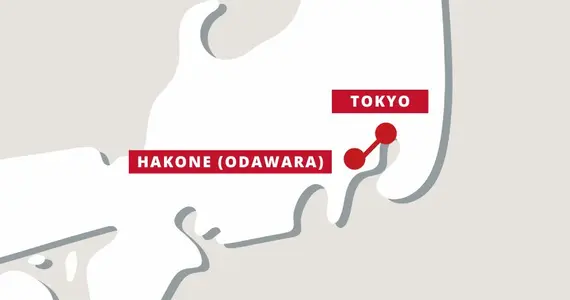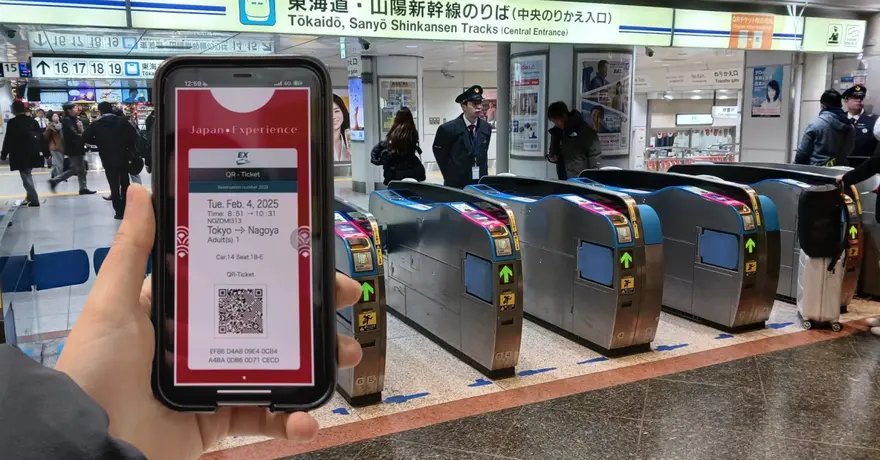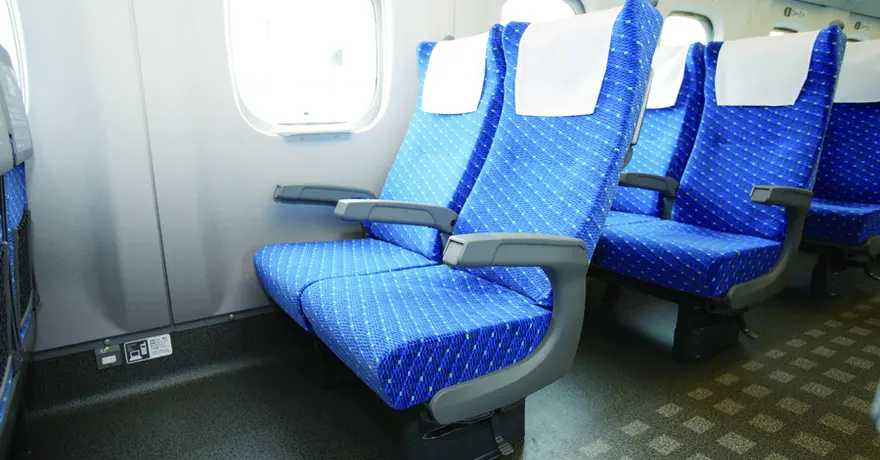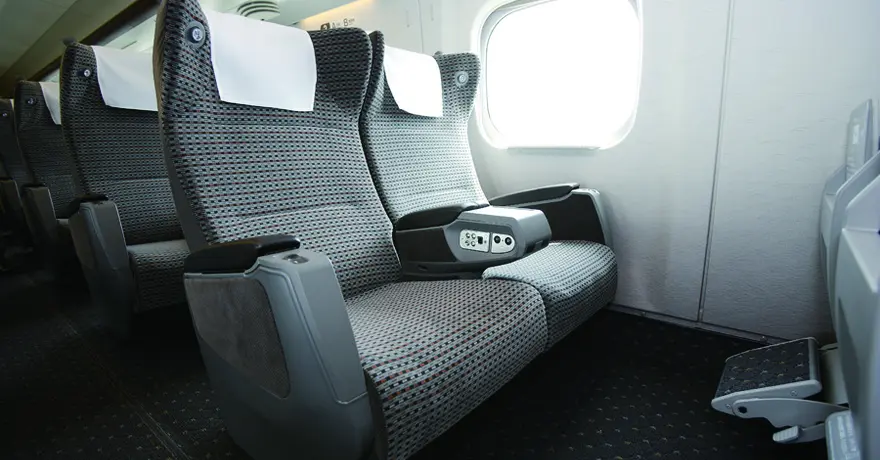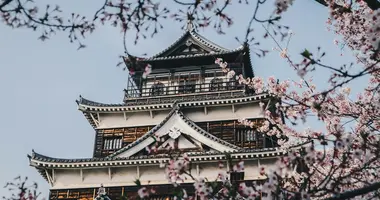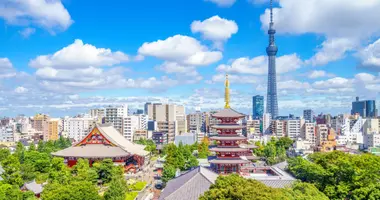Train Tickets from Hakone (Odawara) to Tokyo
Official train tickets seller
Choose your preferred seat
7/7 Assistance

Travel conditions
Ticket type
Passenger information
Seating options
Buy your train tickets in Japan in 3 easy steps
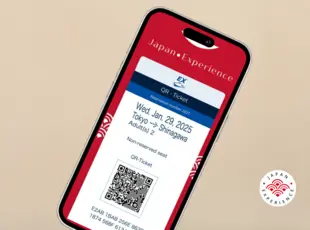
Choose and buy your train tickets for your preferred travel date
Receive your e-ticket one month before departure
Scan your e-ticket in train stations in Japan
Trains in Japan: what does it look like?
What our customers say about us
Travel advice from our Japan train expert
Traveling by train in Japan
Japan boasts a highly developed rail system, making it an extremely practical mode of transportation for both locals and visitors. As a result, both residents and tourists frequently find themselves utilizing trains, whether they are on local lines or the renowned Shinkansen bullet trains. For those embarking on their inaugural journey to Japan, the significance of train travel during their stay is likely to be a consideration.
Although train travel is a common aspect of life in Japan, there are several factors that may necessitate some advance knowledge or preparation before first-time travelers board a train. This is true even for those arriving from countries with a strong train travel culture.
What makes trains so popular in Japan?
Japan's rail transportation network is regarded as one of the finest globally. The experience of taking a train in Japan can be encapsulated in three adjectives: efficient, fast, and clean. Until one has experienced it firsthand, it is difficult to comprehend just how simple and remarkably convenient train travel in Japan can be. Even with millions of passengers utilizing the rail system daily, trains remain impeccably clean, punctual, and operational. For many, this description may seem like a dream compared to the train services available in their own countries.
There are numerous factors contributing to this remarkable railway system, but it primarily stems from Japan's dependence on imported fossil fuels, which led the nation to make significant investments in its train transportation network. Since the late 19th century, Japanese train companies have been constructing lines to transport people and goods efficiently from one location to another, and as a result of this extensive network, cities began to develop around train stations. While much of Western urban development has centered on car-oriented infrastructure, Japan has largely shaped its urban expansion around train stations. In most Japanese cities, you will find that train stations serve as the economic and demographic hubs of the area.
Through strategic investment in its train system, Japan has successfully established one of the most dependable, swift, and secure rail networks globally!
Shinkansen Information
To reach Tokyo from Hakone, you can embark on a delightful journey aboard the Tokaido Shinkansen, starting from Odawara. This leg of the trip spans around 80 kilometers (45 miles) between Odawara and Tokyo, taking approximately 35 minutes on average. As you traverse the Tokyo suburbs, you'll be seamlessly transported into the heart of the city. Departing from Odawara Station, the trains bound for Tokyo arrive at either Tokyo Station or Shinagawa Station, both serving as gateways to the bustling Japanese capital. When traveling from Odawara to Tokyo, you have the choice between two types of Shinkansen high-speed bullet trains: Hikari and Kodama.
To reach Odawara from the various Hakone stations, you have several convenient options at your disposal. One of the swiftest routes is to board the Odakyu Romancecar, which will whisk you away from Hakone-Yumoto station to Odawara in a mere 14 minutes! Alternatively, there are also buses available that can swiftly transport you from the central Hakone station. If you find yourself in Gora and wish to make your way to Hakone-Yumoto first, fear not! Simply hop on the Hakone Tozan train, and within approximately 30 minutes, you'll descend from Gora while relishing the breathtaking scenery along the way. Moreover, if you're coming from a more distant location, such as the shores of Lake Ashi, you can reach Gora station by taking the Hakone Ropeway from Owakudani or directly from Lake Ashi. This scenic train ride promises a delightful sightseeing experience.
How to get to Odawara Station
There are multiple convenient options available to reach Odawara from the different Hakone stations. One of the quickest ways is to board the Odakyu Romancecar, which will transport you from Hakone-Yumoto station to Odawara in just 14 minutes! Alternatively, you can also take buses that can swiftly take you from the central Hakone station. If you happen to be in Gora and want to go to Hakone-Yumoto first, don't worry! Just hop on the Hakone Tozan train, and in approximately 30 minutes, you'll descend from Gora while enjoying the breathtaking scenery along the way. Additionally, if you're coming from a more distant location like the shores of Lake Ashi, you can reach Gora station by taking the Hakone Ropeway from Owakudani or directly from Lake Ashi. This scenic train ride ensures a delightful sightseeing experience.
Where to go from Tokyo Station
Tokyo Station, situated in the heart of Tokyo, acts as a crucial transportation hub for numerous local public transportation lines. It serves as the primary departure point for Shinkansen trains in Tokyo. Multiple JR lines, such as the Yamanote, Chuo, Keiyo, and Sobu lines, operate at Tokyo Station. Additionally, the Marunouchi subway line, various bus lines, and airport transfer options have stops at this station. With Tokyo Station as your starting point, you can easily explore any destination within the Tokyo Metropolitan Area or seamlessly continue your journey by boarding another Shinkansen train.
